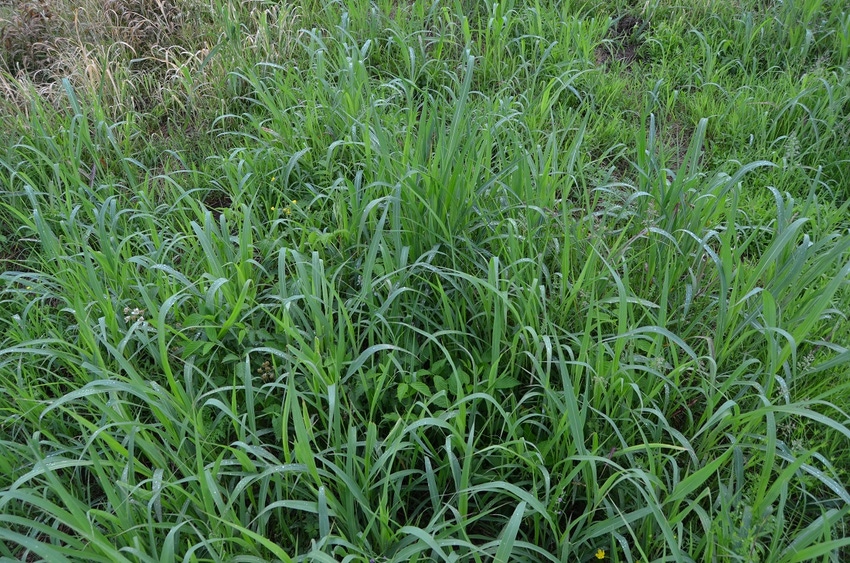
Recently my friend Walt Davis wrote what I believe is a really accurate article in The Grazier’s Gazette (see The imminent implosion of grass-fed beef). In it, he accurately refutes some of what I call the "new stupidity."
He uses the natural model and good science to disprove hypotheses and assumptions that are far from true as to CO2 and global warming.
Speaking of such things, Albert Gore’s farm is only 35 miles or less from my headquarters and he has several close ties in our community. I would be surprised if he presently does not realize that the grazing of cattle in high densities on completely recovered pastures and savannahs is a permanent fix to the carbon excesses he claims are the cause of global warming. The cattle certainly are not the cause!
Although set-stocked cattle are a different story, even they are not the problem.
Interpretation is everything in such endeavors.
As perhaps the ultimate example, the Holy Scripture is without error but the interpretation has and continues to cause major conflict. The Bible includes bunches of literal truths, allegorical messages and truths, parables of truth, and at least three definitions of the word “day.” Many of the differences in interpretation result in battles that need not be fought. In an open letter to Pope Leo X, Martin Luther the church reformer said, “I acknowledge no fixed rules for interpretation of the word of God.”
Interpretation becomes important when we look at and study and learn animal health. If we fail to connect soil health, plant health, animal health and human health we are missing the boat of true knowledge.
Recently I have again been studying some research findings regarding Kentucky 31 fescue, as well as several other fescue varieties and some other cool-season grass species. Several facts stand out that affect our animal’s health and productivity as well as our health and profitability.
Here are some points I have picked up:
KY 31 produces more biomass than other varieties and species of perennial C3 (cool-season) grasses and fescues if conditions are equal concerning moisture, pH, phosphorus, sunlight and temperature. This is especially true and significant regarding fall growth.
KY 31 stores more carbon and nitrogen in the soil because it depresses soil macrobes and microbes. This does not build new soil.
KY 31 resists decomposition, and decomposition is a requirement of a highly productive, vibrant biological system.
KY 31 decreases life above and below the surface of the ground. Nitrates from salt fertilizers multiply the problem.
The less available sand (silicon) is present, which means a higher clay content, the greater the sterilization affect the KY31 has on soil life and the diversity of life both above the surface.
The presence of air in the soil seems to be very important. This is one more reason why the increase of soil organic matter and depth of organic matter is very important to production and health
Heavy stress applied to KY31 followed by complete plant recovery yields increased production of other plants, more plant diversity, soil microbes, and animal health and production.
High functional activity requires soil that is breathing goodly amounts of air. Low organic clay ground does not breathe much.
Tillage on clay soil yields an increase in production only as long as the soil life is ample and there is plenty of moisture, but air increases production.
KY31 tends to take out energy (CHO) to a large degree, especially in high clay soil. The same is true for arbuscular mycorrhizal fungi, proteins, glomalin, and fatty acids: Fescue takes them out.
To summarize the whole deal on a practical basis, think about my following interpretation. As we deal with heavier clay soils we need to manage toward having more tall, warm-season (C4) grasses, forbs and legumes. As we manage for more organic matter in depth the result will be an increase in animal health and production. This is most pronounced in clay soils.
About the Author(s)
You May Also Like






